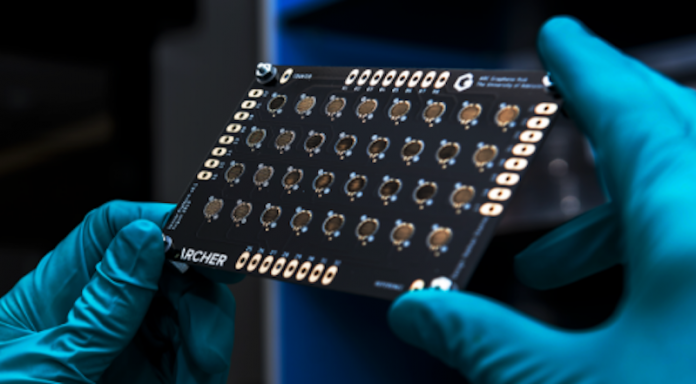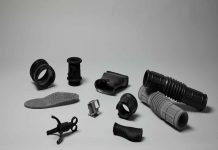
Australian technology company Archer Materials Limited today announced that it has progressed in its graphene-based biosensor device development by successfully prototyping key device hardware using additive manufacturing.
The Company’s collaboration with the University of Adelaide and the ARC Research Hub for Graphene Enabled Industry Transformation has made it possible for them to access world-class infrastructure, facilities, R&D personnel, and the best-in-class 3D and 2D printers.
In an ASX statement Archer CEO Dr Mohammad Choucair said: “Additive manufacturing allows Archer to make prototypes of key biosensor elements in less than a few hours. By using 3D printing we are able to accelerate progress towards commercialising Archer’s innovative graphene-based biosensor technology.”
“When the Company undertook the recent Share Purchase Plan the main purpose of the fund raising was to allow the Company to accelerate the pace of development of our key projects and technologies. The 3D printing of biosensor components is consistent with that strategy.”
Proof-of-concept cartridges were 3D printed for Archer’s graphene-based biosensor devices using acrylonitrile butadiene styrene, an engineering-grade plastic used in manufacturing Lego. The prototypes were produced in less than 2 hours, costing $0.50, with the cartridges weighing approx. 13 grams (similar to an ‘AAA’ battery) and measuring a few centimetres in size (palm size).
The company clarified however that 3D printing is not a substitute for high volume manufacturing.
“3D printing is a viable means for Archer to rapidly produce biosensor device prototype components. The cartridge prototypes address challenges associated with portable biosensor device handling and biosensing processes, including physical damage and contamination,” the company said.
“Archer’s graphene-based biotechnology is at an early stage of commercialisation, and maintains a competitive advantage that involves a new class of graphene materials technology that would allow for selective hierarchal chemistry to the single molecule level with the potential to solve selectivity and detection challenges in biosensing.”
Graphene was discovered in 2004 and is considered a ‘disruptive technology’ that could open up new markets and replace existing materials. According to the University of Manchester where the researchers who discovered graphene hail from, the material is many times times stronger than steel, yet incredibly lightweight and flexible. It is electrically and thermally conductive but also transparent, and it is the world’s first 2D material that is one million times thinner than the diameter of a single human hair.
There are many areas of application where graphene can potentially play a huge part including biomedical, electronics and energy industries. When used in sensors, graphene is considered an ideal material because the exposure to its environment would allow it to sense changes in its surroundings. In chemical sensors graphene has the potential to be able to detect just one molecule of a potentially dangerous substance. Graphene now allows for the creation of micrometre-size sensors capable of detecting individual events on a molecular level.



















